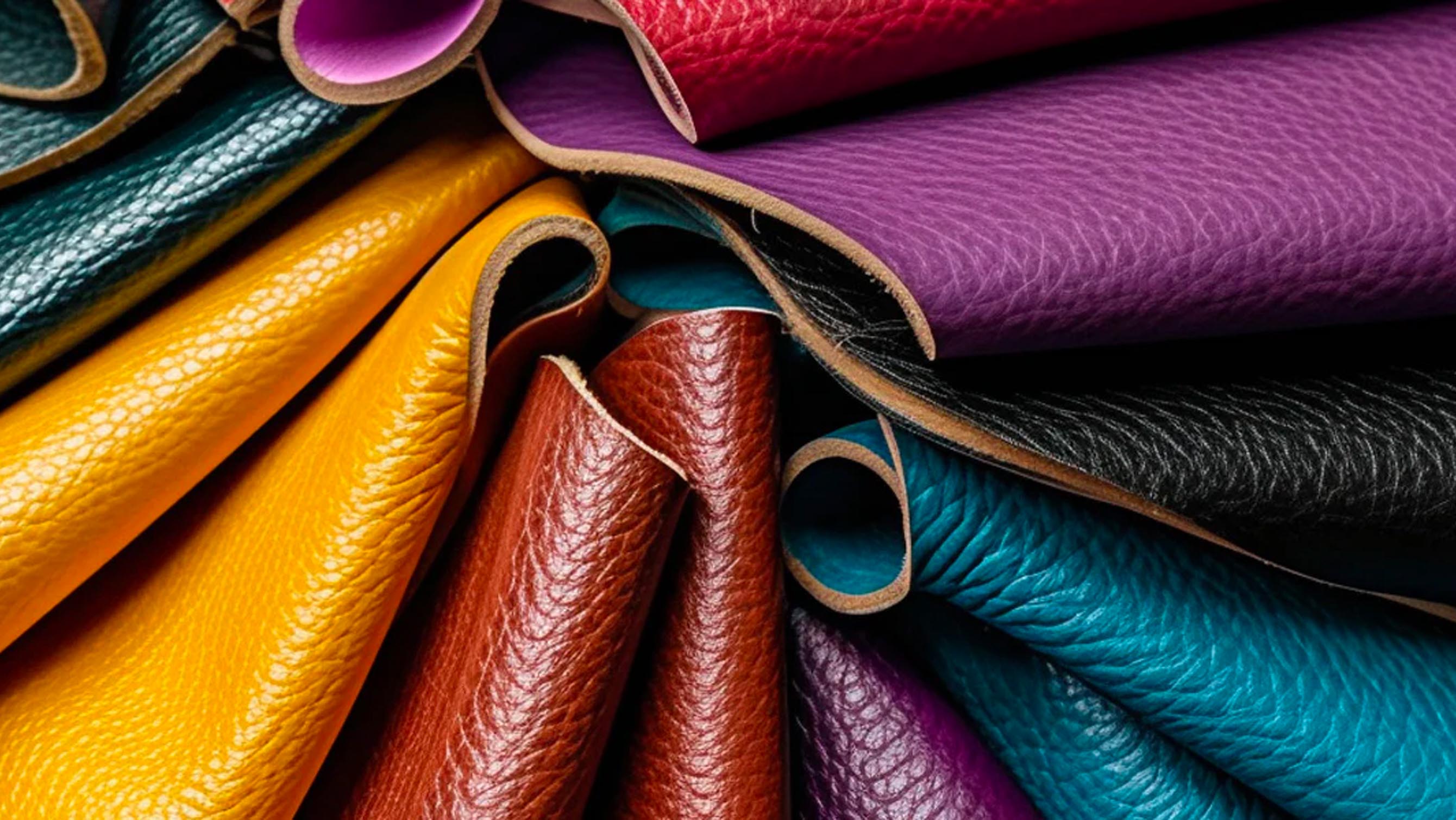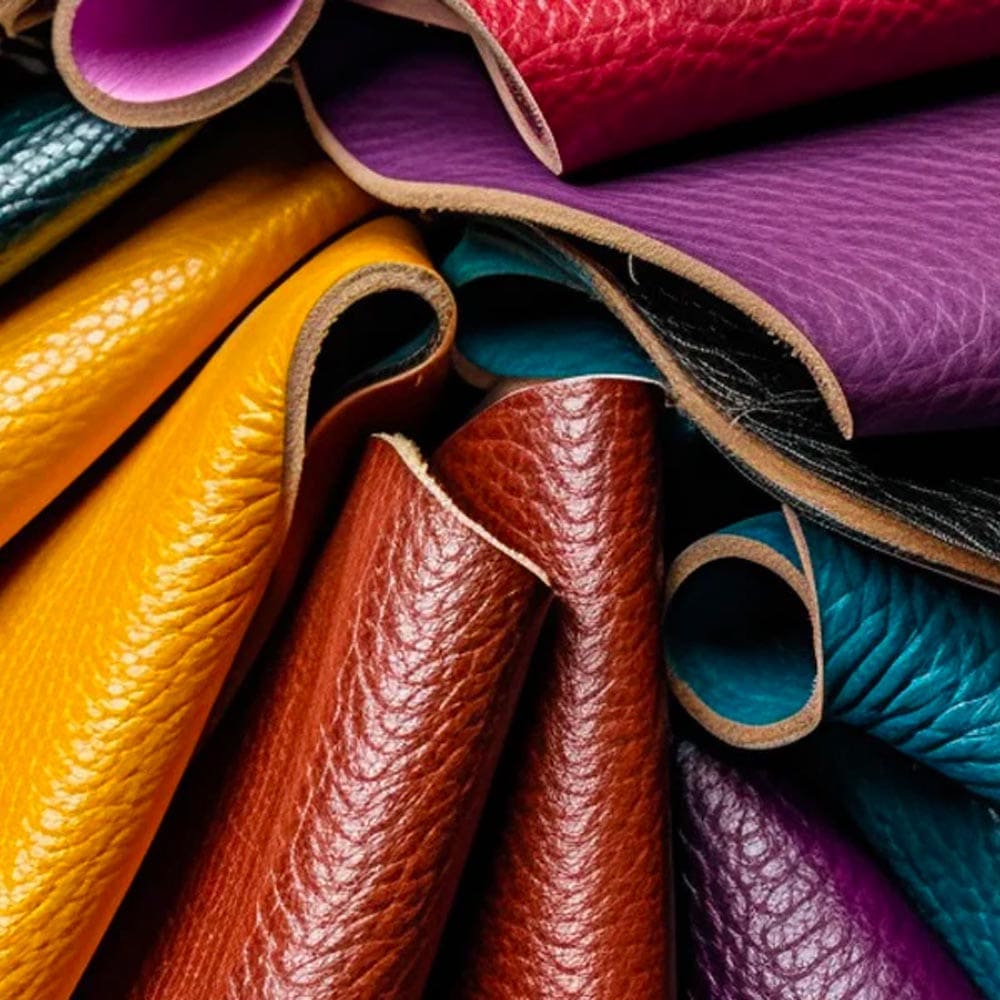The very large asterisk of vegan leather straps
Buffy AcaciaEthics in watchmaking is a topic fraught with contradictions and cognitive dissonance, but the societal and environmental developments in the last decade have made it impossible to ignore. Although many watches have an inherent level of sustainability because of their longevity, many companies are trying to clean up their act with recycled materials, streamlined production and by supporting environment-based charities. But, with multinational conglomerates funding misleading studies to further their profit margins, how can you be sure that you’re helping the planet and not just falling victim to greenwashing?

Veganism has been around for a long, long time, and it’s only growing in popularity year on year. While the major point of avoiding animal products was once about the wellbeing of the animals themselves, now a lot of the vegan argument is tied up in the environmental effects of the various industries which surround livestock. There will always be meat-eaters and vegans living together, but both sides can agree that Earth shouldn’t be destroyed either way. The term “vegan leather” has really skyrocketed in the last few years as a result, mainly in the clothing and accessories industries, but also in watch straps.
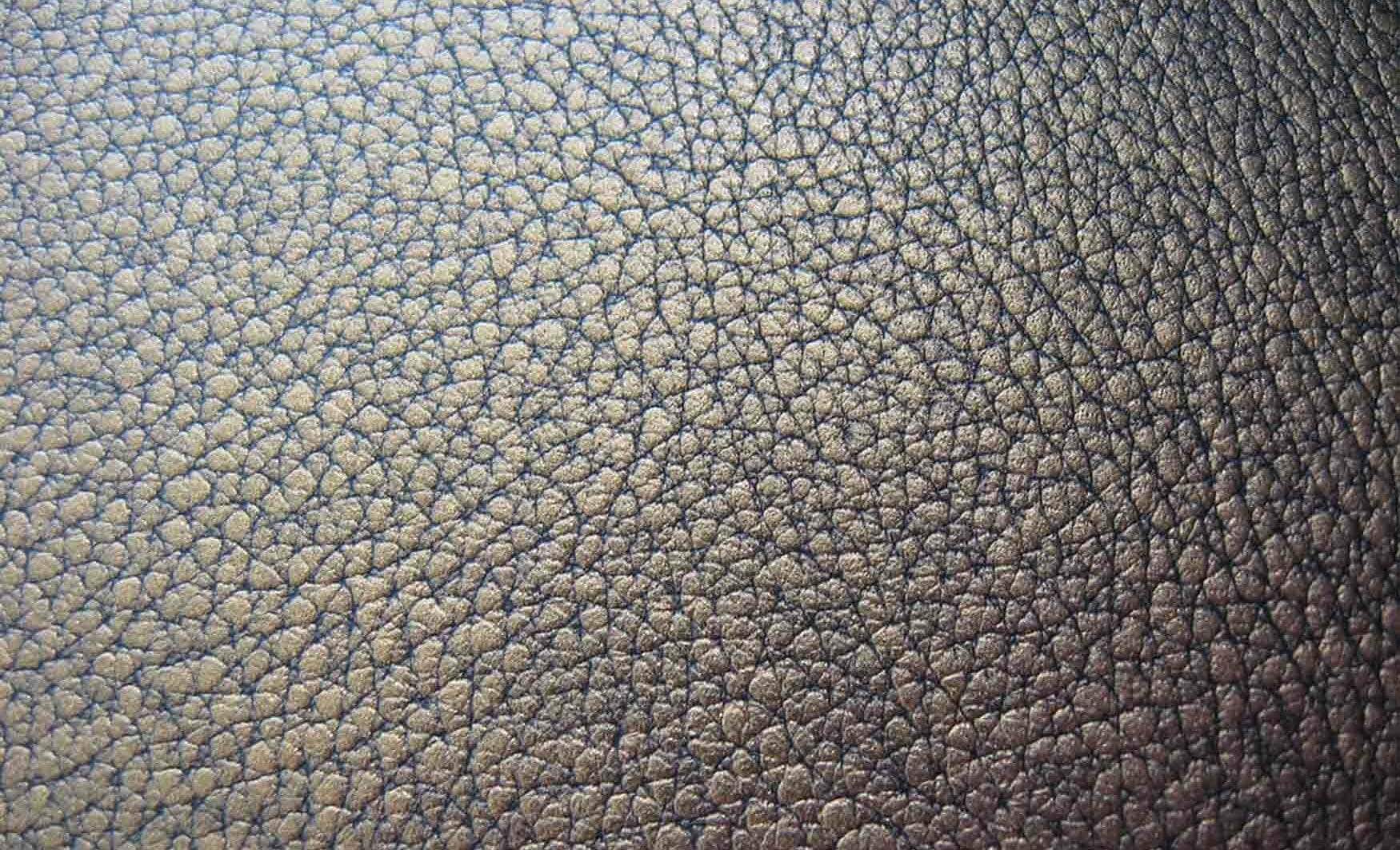
The main issue with equating environmental issues with animal rights ones is that they’re not always connected. Both are valid and have their place within a greater conversation about sustainability, but vegan leather can absolutely be both animal cruelty-free and unsustainable. To understand this better, we need to look at how vegan leather is made. There are some exceptions which we will cover, but for the most part, vegan leather is plastic. It’s funny how quickly a change of terms can elicit a change in response, because the word plastic is heavily demonised these days. The truth is that there are different kinds of plastics, and not all of them are bad. Many of them are though, and those are the ones which most often get used in vegan leather production.
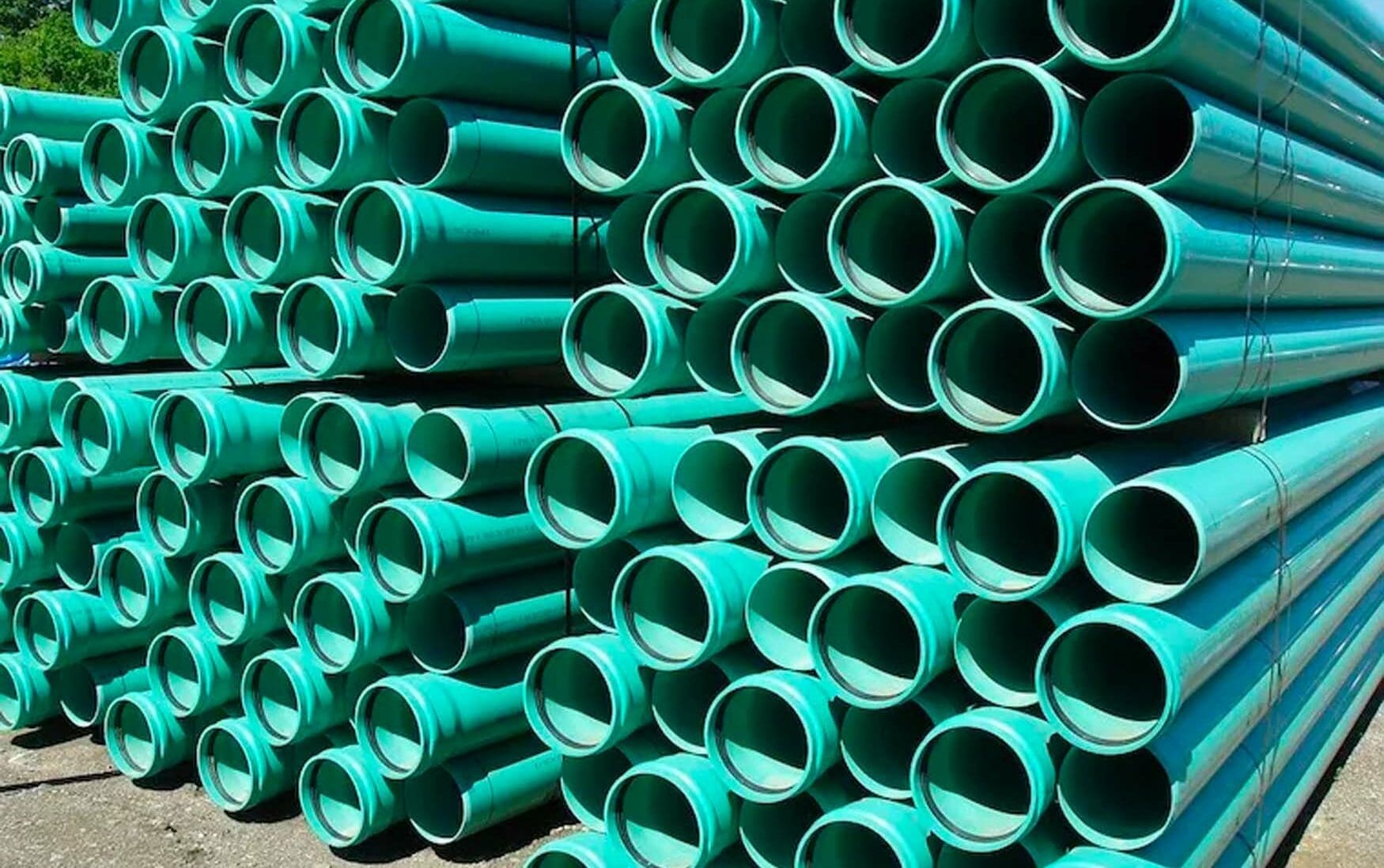
There are two main kinds of plastic used to make vegan leather, and the worst of them is PVC. More commonly known as vinyl, it’s the world’s third-most common plastic product with thousands of applications. To create vegan leather, layers of PVC are built up on top of textured paper which gives it the appearance of having a natural grain. Unfortunately, PVC is a particularly nasty offender when it comes to the production of harmful chemicals and microplastics. Many of its byproducts are known to be carcinogenic to both animals and humans, and they survive in the environment long after the PVC has degraded. It easily leeches into water and soil, creates plenty of pollution and is exclusively created with fossil fuels, so you can now understand why it’s not the most “ethical” of materials.
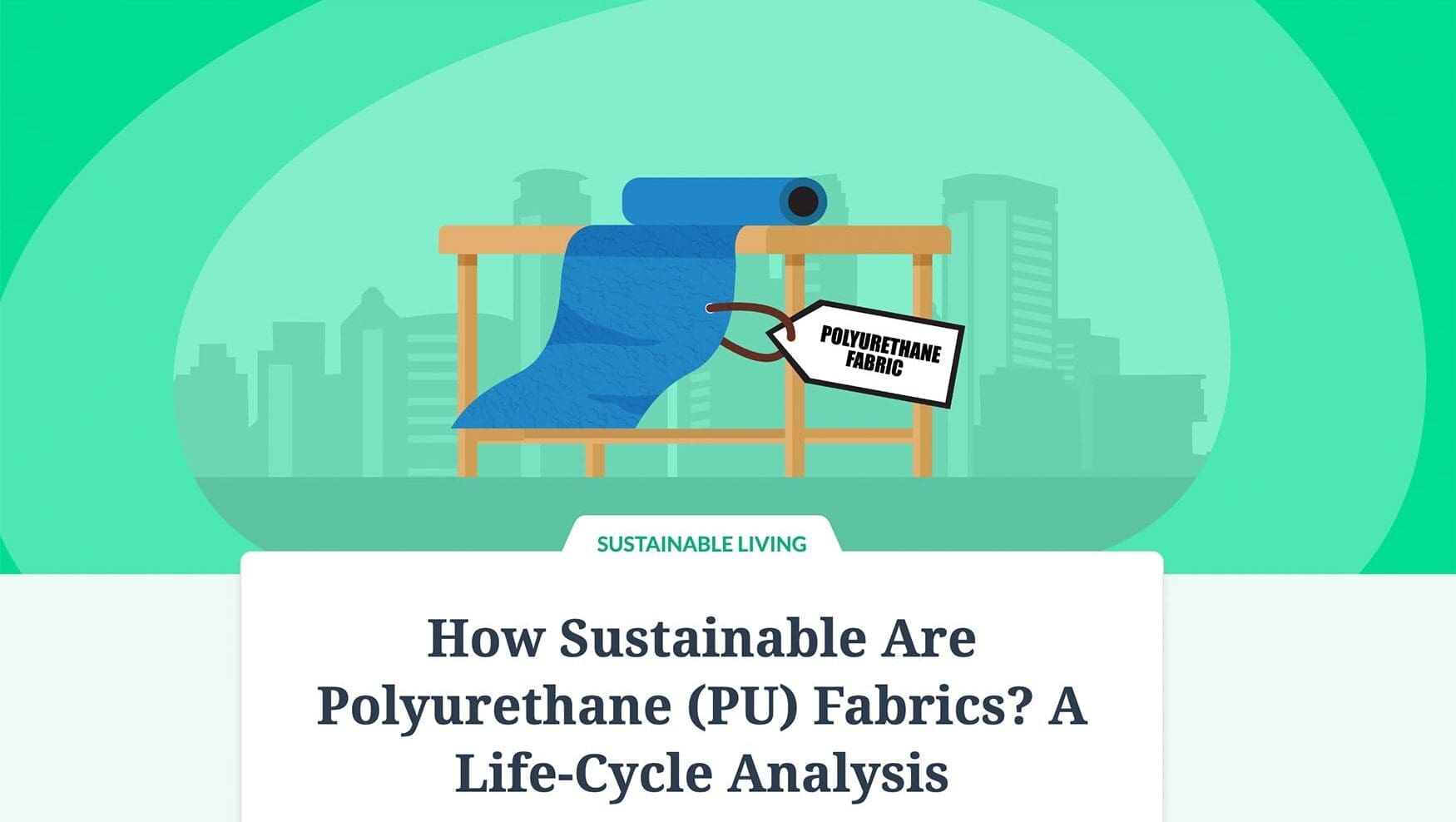
PVC is more commonly used in clothing however, with most plastic watch straps instead using polyurethane. Polyurethane is inert and non-toxic, however it’s production is still full of issues. Searching for the environmental effects of polyurethane will reveal a lot of articles about the sustainability and recycling possibilities of the material, however they are published by the same companies who want to sell you polyurethane products. A more thorough study published in 2021 revealed that of the 2,900,000 tonnes of new polyurethane produced in the United States 2016, 2,000,000 tonnes entered the waste system. From there, only 390,000 tonnes were recycled. That leaves 1,610,000 tonnes wasted, in one year, in one country. Polyurethane may be inert during its lifetime, but its common precursors are carcinogenic, mutagenic, and reprotoxic. After it’s incinerated or sent to landfill at the end of its use, it creates more toxic emissions and eats up more precious resources.

We can see that the two main kinds of vegan leather are explicitly harmful to the environment, but what of the minority alternatives? If anything, watch straps are perfect for the adoption of plant-based leathers because they’re simple shapes, small, and generally don’t suffer as much abuse as shoes, bags, or jackets. Most of these plant-based options are made the same way, using the waste of other industries as a material. Some use apples, some grapes, and some pineapples, but the end result is pretty much the same. Fibres from those plants can be used as a base, usually making up about 80% of the strap, while the other 20% is made with PLA plastic derived from sustainable sources. PLA itself is definitely one of the “good” plastics, being highly recyclable, compostable, and can even be incinerated without producing toxic byproducts. Some may require a petroleum-based resin for the outer coating, but they’re undoubtedly a great step in the right direction.
The main lesson to take away from this is to pay attention to the details. If a brand tells you they use certified vegan leather, look deeper to see if they’re proud of its plant-based origins. If they’re vague about it, it’s highly likely to be some kind of polyurethane blend at the very least. Thankfully, when it comes to watch straps, we have plenty of non-animal products to choose from, as steel bracelets, natural rubber or even recycled nylon straps are easy to find these days. If you absolutely feel the need for some environmentally-friendly leather, it may even be worth considering a well-made cowhide strap whose supply comes from the waste of the meat industry. There are plenty of arguments to support the sustainability of genuine leather, but that’s a different conversation for another time.




